Reacting to the COVID-19 pandemic, Apple has ramped up efforts to fund a variety of relief efforts and has arranged for the production and sourcing of vital gear to assist in the pandemic. Here's a look at what else Apple has done so far, and why.
The challenge and opportunity of COVID-19
As the previous segment noted, a variety of newspaper columnists worked to give the false impression that Apple was in a dire situation even before COVID-19 exploded onto the scene. Despite maintaining a frantic pace of new product introductions from iPad Pro to the new iPhone SE, Apple now faces a real challenge, one that it appears to be turning into an opportunity to flex its position as a wealthy, innovative tech company that exercises significant influence over a vast, global supply chain.
On the challenging side, the COVID-19 pandemic has caused interruptions to Apple's supply chain, to its retail operations, and in stoking global economic fallout that is going to depress all sorts of purchases over at least the next year, if not longer. These are all huge and difficult problems for Apple to deal with, even if the company is far better positioned than most of its peers.
The company is also faced with launching new products— including its latest MacBook Air, iPad Pro and iPhone SE models— without the usual bravado of an Apple Event helping to sell them. It also has to adjust things to account for an entirely new plan for its summer WWDC20, while also completing everything from the marketing arrangements to the software and the final hardware production details of its largest annual launch, the upcoming iPhone 12. It also has to temper those plans to account for what could be a deeply depressed demand cycle.
Apple faces monumental uncertainty this year, greatly complicating everything it does. Yet rather than just winding down its ambitions and putting everything on hold until the end of this crisis comes into view, Apple has been taking advantage of its unique position to use its people, its platforms, its data, and its vast installed base of users to provide stability and relief and even launch an offensive attack on the pandemic on several fronts.
One of Cooks' first announcements, made in March, was to note that Apple had sourced more than 20 million masks for health workers in the United States and "the hardest-hit regions in Europe," after tasking the company's operations team to find and purchase PPE "from our supply chain in coordination with governments around the world."
Apple also quickly moved to use its product design team and prototyping tools to develop and produce face shields for frontline workers, initially reaching a one million unit production capacity per week.
As of this Thursday, Apple has now exceeded the sourcing of 30 million masks and has produced over 2 million of its face shields for frontline workers.
Beyond flexing its core competencies in production and logistics to source PPE, Apple also acted quickly to partner with the U.S. CDC and other government health groups to develop a free app and website to provide accurate information about COVID-19, understand its symptoms and what inform individuals of what they could do to protect themselves and the people around them.
Apple has also leveraged its App Store and Apple News to present free public updates and information based on the latest science.
Support for education and public policy efforts
In education, Apple has produced resources for teachers to support virtual learning. The Apple Education Leadership and Learning teams have published series of videos to assist educators to use iPads for remote learning, including instructions on how to create demos and instructional videos to share with colleagues and students; how to leverage built-in accessibility tools such as Speak Screen, Safari Reader, and Speech Controller to adapt remote learning for broad audiences with different levels of ability; how to make use of Apple's other free tools including Clips to help students produce their own work; and how to coach students to work collaboratively using Apple's free Pages, Numbers, Keynote, FaceTime, and Messages.
Educators can schedule free, one-on-one virtual coaching sessions with Apple Professional Learning specialists. For parents tasked with educating and keeping their kids productively and creatively occupied at home, Apple has put together 30 Creative Activities for Kids. This free guide provides daily projects young children can perform using iPad or another iOS device. Examples include recording a news report using GarageBand or taking photos to produce a step by step instruction guide in Keynote.
Apple also offers its free ebook Everyone Can Create, which is "designed to help educators integrate creative skills into the topics and subjects they teach every day."
The guide is designed to help teachers of students aged 4-8 to creatively express themselves through drawing, music, video, and photo activities customized for iPad and the free software Apple bundles with its products, such as Clips and Pages.
Another free program Apple has long offered is Swift Playgrounds and the Everyone Can Code curriculum, both of which can be used to keep older children occupied and productively learning a new skill while they're unable to get out or attend conventional school classes.
Beyond education, Apple has also partnered with Google to bring a single set of APIs to both iOS and Android that can be used to collect anonymous opt-in data for contact tracing, enabling government health authorities to help plan and respond to new information that can inform their decision making related to the COVID-19 pandemic.
Apple has stressed that "privacy, transparency, and consent are of utmost importance in this effort, and we look forward to building this functionality in consultation with interested stakeholders. We will openly publish information about our work for others to analyze."
Google, YouTube, Facebook, Instagram, Twitter, and Amazon have all made various ineffectual announcements about their ad policies. At the same time, they continue to allow frauds to promote and sell fake masks, bogus cures, disinfection robots that don't do anything, and disseminate false information on their social ad networks — all while taking a cut profiting from advertising this fraudulent activity. Incredibly, this is being done in full public view.
Support for charitable experts
Beyond flexing its core competencies build both hardware and software solutions, Apple has also been quick to send financial support to the groups who already know how to best leverage that capital to help people in need.
Back at the end of January, Cook's first comments on the emerging situation noted that "we are closely following the development of the coronavirus. We are donating to groups that are working to contain the outbreak," adding that "we're also working very closely with our team and our partners in the affected areas, and we have limited travel to business-critical situations as of last week. The situation is emerging, and we're still gathering lots of data points and monitoring it very closely."
Apple was also quick in acting decisively to shut down its retail operations, while also continuing to pay retail employee salaries. It also acted to shift support assistance to online and direct phone support as quickly as possible, reducing the threat to its workers and customers at its own massive expense.
Failing to act, or simply 'hoping for the best' while refusing to heed the advice of experts has resulted in rapid spreading, with thousands of new cases springing up in areas where the threat had been expected to remain low. South Dakota long refused to issue stay at home orders, ultimately resulting in the closure of major meatpacking plants due to an explosion of employee infections, resulting in major new problems for the American food supply chain.
Apple had the luxury of being able to suspend its retail operations without mass layoffs because its business is healthy and profitable. Many other retailers are in a much less favorable position, meaning they are either going to be forced out of business entirely or are pushing frantically to reopen for business despite the massive risk that poses to the public and to their operations and image.
Imagine if a major outbreak of COVID-19 were linked to an Apple Event or even a busy Apple Store; it would be tragic for those affected, but also disastrous for Apple's image globally— putting its customers and clients at risk in a high-stakes bid just to earn more money for its shareholders.
A variety of companies have donated to the World Health Organization's COVID-19 Solidarity Response Fund. Google set aside $5 million in matching funds to incentivize individual donations, pledging $2 for each dollar donated through the end of April. Facebook has also offered "up to" $10 million in matching funds. Conspicuously missing on the fund's sponsor list is Apple. But rather than standing next to a bunch of other companies, Apple had its own way of donating to that fund.
Apple's donation involved a FaceTime conversation with Lady Gaga where Apple's chief executive Tim Cook donated an initial $10 million to Gaga's "One World, Together at Home," a star-studded benefit to be held this Saturday, April 18, involving artists including Taylor Swift, Jennifer Lopez, Elton John, and celebrities ranging from Oprah Winfrey to Ellen DeGeneres, Stephen Colbert, and Jimmy Fallon.
.@LadyGaga, @Eltonofficial, @Lizzo, and more are standing in solidarity with us and the @WHO to support global response efforts to the coronavirus. Join us on April 18 for One World: #TogetherAtHome and take action now https://t.co/QMSMOngS2h pic.twitter.com/dpPYhmIEF1
— Global Citizen (@GlblCtzn) April 6, 2020
Rather than just writing a check or setting up a donation matching fund, Apple is acting like a celebrity enterprise, using its clout to draw attention to a fundraising event— while making a much larger donation without any conditional matching compared to other tech industry titans who are prominently featured on a website nobody is going to look at. Apple and others will be live streaming the "One World: Together At Home" event, this Saturday, April 18, at 5 p.m. Pacific., likely both on Apple TV and through Apple Music.
In parallel, Apple donated $12 million to help launch "America's Food Fund," a project to combat food insecurity across the U.S. The fund is headlined by Leonardo DiCaprio, the Ford Foundation and Laurene Powell Jobs, the widow of Apple's co-founder Steve Jobs.
Following his death in 2011, she became one of the wealthiest and most powerful figures in tech, yet without much public fanfare calling attention to her work. Jobs has spent her last decade funding charitable efforts ranging from education to healthcare, at times in association with Apple.
Apple is proud to support @ChefJoseAndres's @WCKitchen and @FeedingAmerica. We can only overcome this crisis if we make sure that every person has the essentials they need to care for themselves, their families and the vulnerable people in their lives. https://t.co/Hd5iioL4bD
— Tim Cook (@tim_cook) April 2, 2020
Spending money effectively is extremely difficult work, but Jobs has become an expert, both in her giving and in managing the more than $50 billion she assumed responsibility for after her husband died. Leveraging Apple's contributions while working with experts in nutrition and distribution results in the most efficient use of those funds to do the most good.
This collaboration between Apple and Jobs is particularly notable because Apple's co-founder was badgered by newspaper columnists throughout his life who demanded to know why, as Andrew Ross Sorkin of the New York Times claimed in 2011 just a month before Jobs died, that there "was no public record" of his charitable giving. The Times' "reporting" was subsequently amplified by bloggers and anonymous commenters across the web who frequently repeated the idea that Jobs refused to ever share any wealth with the needy in society.
But that was false. "Jobs kept quiet about his charitable giving even when he found himself under attack for his apparent lack of philanthropy," noted News Corp Australia after various associates began speaking on Jobs' behalf after his death.
"We're really careful about amplifying the great work of others in every way that we can, and we don't like attaching our names to things," explained his wife Laurene in an interview several years ago. But this also wasn't exactly a secret. While her husband was still alive, Jobs founded the Emerson Collective supporting social entrepreneurship as well as the Climate Leadership Council, and launched her "XQ: The Super School Project" providing $100 million to improve schools.
Inside Apple and acting independently, Steve Jobs donated millions to HIV research and gifted $50 million to build a children's hospital and other healthcare facilities without announcing it. Jobs prominently backed Product(Red) and the funding it raised for AIDS research through contributions tied to iPods and iPhones, making it incredible for the Times to whip up its accusations that he was a tightwad just as Jobs himself was dying of cancer.
Jobs and Apple were both criticized for not making "a public record" of their work outside of the primary initiatives they focused on. That is likely to change to public criticism for any acknowledgment of activity.
Why Apple is coordinating to defeat COVID-19
Over the past weeks, Apple has not been shy about detailing the efforts it is making to help contain and mediate the impact of the COVID-19 pandemic. On a cynical level, one could complain that Apple is contributing its money and efforts as a way to show off its abilities and promote the use of its products and services, from iOS to iPad and Apple Music to GarageBand and Keynote and Clips.
While Apple isn't literally putting its signature on relief aid checks and currently isn't even listed as a sponsor of some of the charitable programs it has contributed to, it has been announcing its efforts on Twitter to an extent that is somewhat new to Apple.
Typically, Apple and its chief executive Tim Cook have responded to local disasters with little more than a brief message of support detailing donations and assistance without even specifying the amount. More recently, Cook has taken to recording short videos to explain in more detail what Apple is doing and with whom it is working. This is likely due to the increased public interest, given that this is a global situation that is dramatically effecting everyone at once.
But it's also not at all new for Apple to be investing its efforts and charitable giving to help the greater community that buys its products. In large part, that's because Apple can also attract and retain talent and motivate employees to deliver their best work by offering them the opportunity to share in efforts to radically change the world for the better. The main way that Apple has made its impact on the world has been through the commercial development of its products. Apple's business has always been building advanced products it can sell at a profit capable of inventing the next generation of technology.
In 1980 after four years of success in selling Apple II systems, the company used its profitability and momentum to take on the ambitious task of inventing the future of desktop computing in an investment partnership with Xerox PARC, resulting in Macintosh. In 1990, Apple leveraged its technology and profitability to develop new technologies, including QuickTime and HyperCard, which laid a pathway for the emergence of today's world wide web. The company, then run by John Sculley, also publicly embarked upon the notion of delivering a handheld mobile computer, which eventually shipped as the somewhat underwhelming and prohibitively expensive Newton MessagePad, a product that struggled to sustain itself let alone finance the future.
In 2000, Steve Jobs' resurgent Apple used its reclaimed clout to launch a new initiative in mobile devices with iPod, opening a path into mobile phones. In 2010, Apple applied the success of iPhone to launch the iPad as its vision for the future of mobile computing. Today in 2020, it's not yet apparent what Apple will use its power and position to accomplish in terms of new devices (although we expect that to be wearable AR glasses and other new health-related wearables).
Yet in parallel, Apple has also continued to use its resources to do ancillary things, some of which aren't directly related to profitability or future products capable of paying for the next big leap in technology.
Apple's various initiatives to make the world better started with pioneering efforts in the early 1980s to make its products accessible by users with various levels of ability in vision, hearing, motor skills, and developmental capacity.
More recently, Apple has similarly applied its global reach and scale as a massive manufacturer to enact and enforce supplier standards related to environmental protection, workers' rights, and energy use.
Apple would be even more profitable if it didn't spend any resources on policing its supply chain partners and investigating how it can reduce waste and shrink its carbon footprint.
In fact, at its 2014 shareholder meeting, Apple's chief executive Tim Cook was put on the spot by a conservative group calling itself the National Center for Public Policy Research. The NCPPR had introduced a shareholder proposal that was effectively intended to force the company to justify the profitability of any new initiative it undertook, meaning that a project that "did nothing but improve the environment" could be vetoed for not delivering ROI, a clear return on that investment.
Cook didn't merely dismiss the concept of the ROI proposal, which shareholders had already voted down. Instead, Cook ripped to shreds the very idea that Apple as a company would ever be chided into only doing things that enriched its investors in the short term.
Cook pointedly, in a voice that approached anger, stated that Apple as a company takes on many projects because they are the right thing to do and that ROI was not the primary consideration in those areas. "When we work on making our devices accessible by the blind," Cook said, "I don't consider the bloody ROI."
The NCPPR had sent its representative to interrupt Apple's shareholder meeting with a political statement that the group expected to gain some traction and notoriety from. But instead, Cook finished his comment on the issue with some palpable contempt: "If you want me to do things only for ROI reasons, you should get out of this stock."
Cook was making a few things clear. One was that Apple was more than just a money-making enterprise. The talent who are attracted to work for the company, the people who buy the company's products, and even the investors who buy Apple stock with the intent of earning a return all share a common interest in contributing toward making the world better.
By unambiguously stating that Apple's executive team has the freedom to make decisions that are right and good, regardless of ROI, Cook was defining Apple as a leader in corporate altruism. That role is unique enough to make Apple stand out from the majority of its tech industry peers driven only by ad revenues and social-outrage engagement without any apparent moral compass at all.
Cook's comments weren't made as a meek position of weakness that Apple was allowing itself to indulge in. It was stated as a guiding principle of the company's humanitarian values. Much like the company's parallel efforts in privacy and data security— which also ignore short term ROI— Apple's values expressed in the way it treats workers and mitigates its environmental impact achieve a higher level of motivation beyond simply accumulating wealth and commercial ability.
Positioned with the ability to save lives and improve outcomes, it would be criminal for Apple to sit back and do nothing.
 Daniel Eran Dilger
Daniel Eran Dilger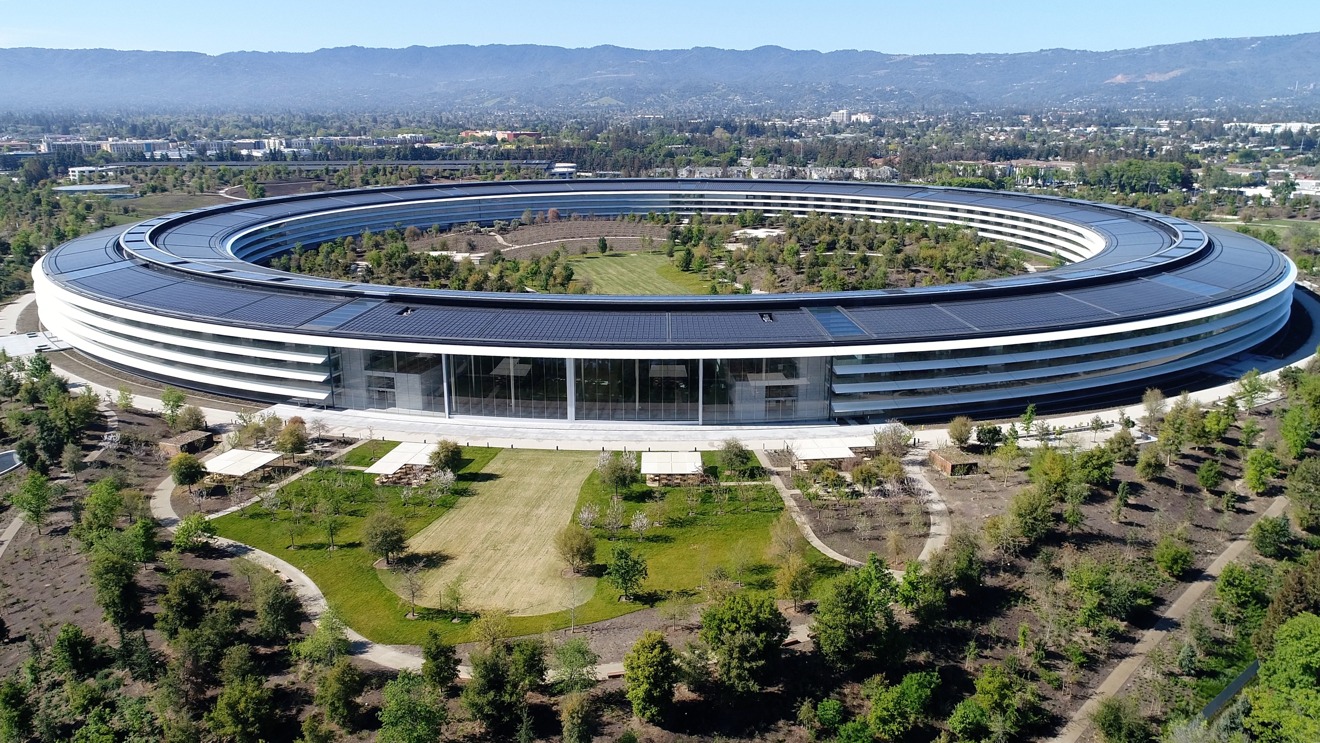
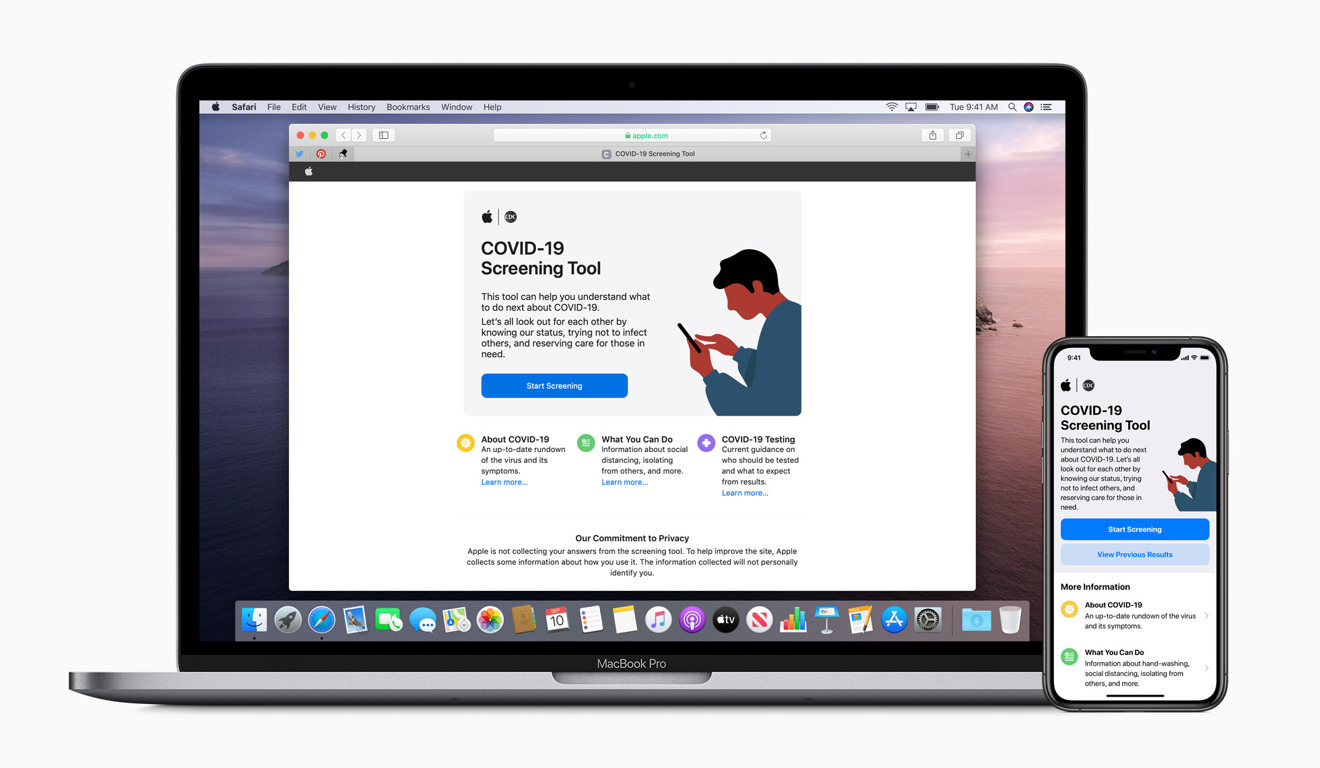

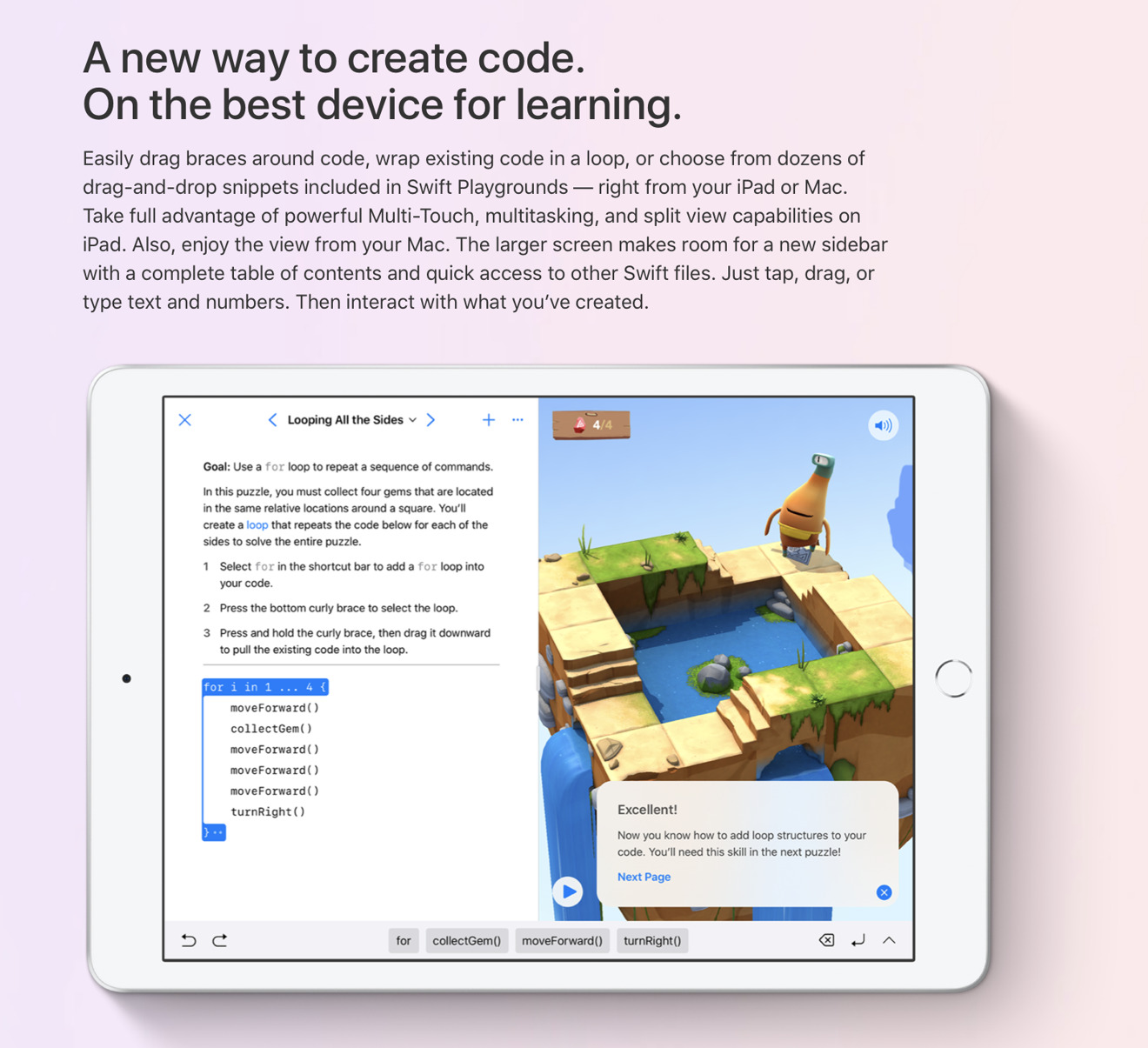
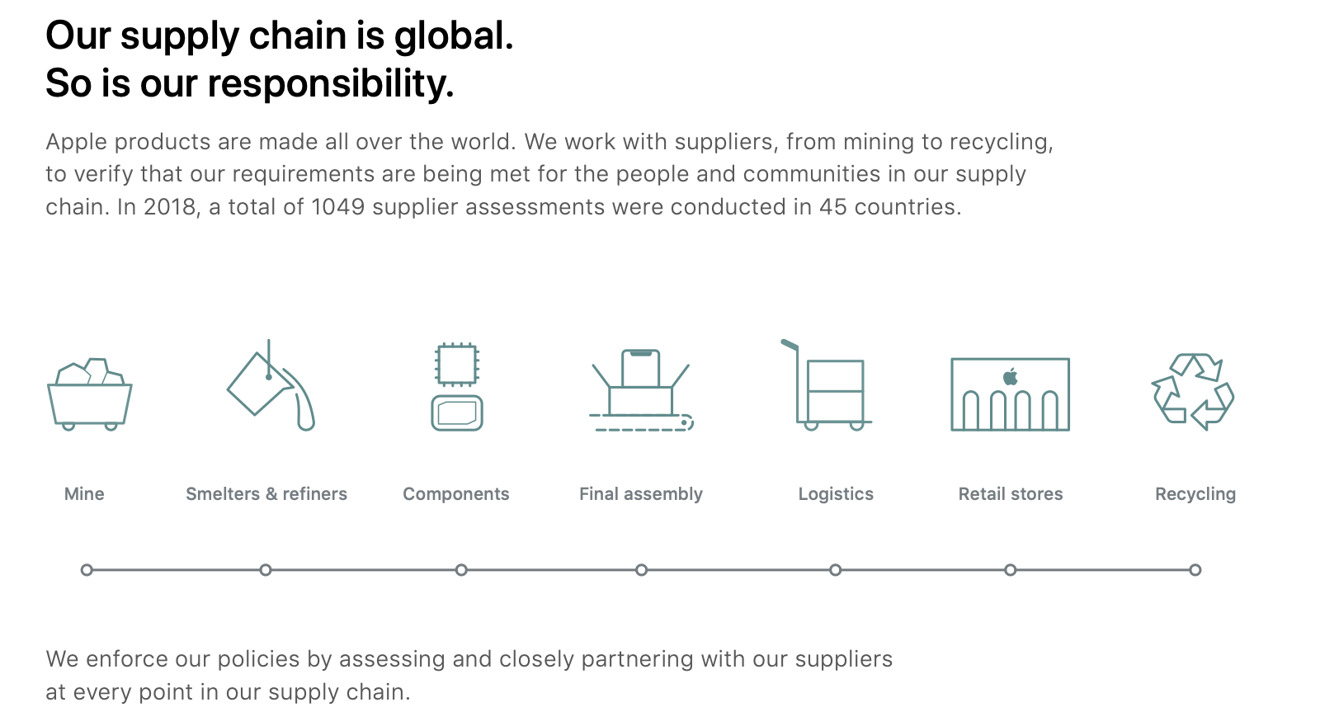



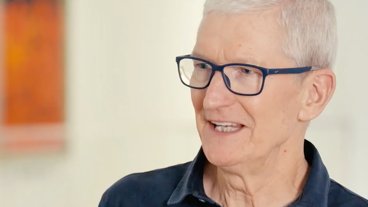


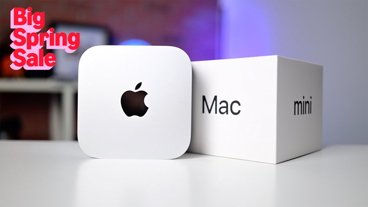
-m.jpg)





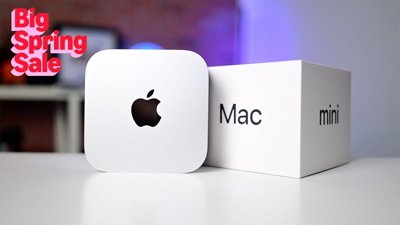
 Christine McKee
Christine McKee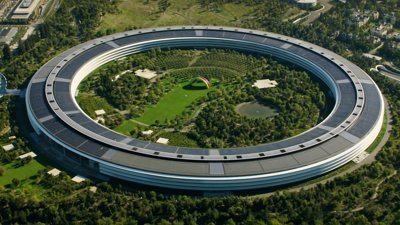
 Wesley Hilliard
Wesley Hilliard
 Thomas Sibilly
Thomas Sibilly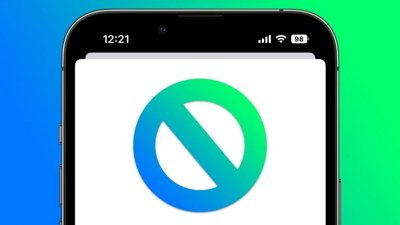
 Marko Zivkovic
Marko Zivkovic
 Andrew O'Hara
Andrew O'Hara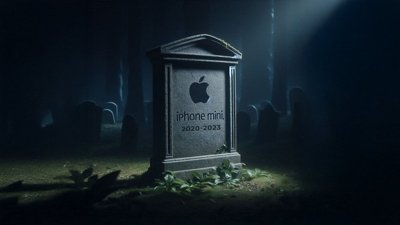
 Amber Neely
Amber Neely
 William Gallagher
William Gallagher









33 Comments
I'm sure this article will be accused of drinking the Apple Kool-Aid, but it everything said here is true. Apple has resources like pretty much no other company on the planet and no matter what happens concerned the pandemic, Apple will see it through.
Today, Goldman Sachs issued a rare sell recommendation on Apple stock and sure enough the stock is down a few dollars in a market that is otherwise very positive today. Either they were looking to just move the price downward to pick up shares a bit cheaper, or they are highly mistaken about Apple's future.
Sure, stores are closed and sales will be down for this and almost certainly the next quarter, but people need Apple services and products. The intro of the new iPhone SE is actually perfectly timed. There are a lot of people who need to upgrade their old iPhone 6 and 7. At $399, the new SE is perfect and doesn't break the bank for many people. (Monthly payment plans will be around $16 a month. People spend more on a Netflix subscription.)
Finally, all the charitable stuff that Apple does is truly incredible. They have the resources, the pull, and the money. Good to see some of go to good causes.
Not sure I would really call Apple a leader in altruism, they are certainly good in this respect but calling them a leader is a bit much imo. Their policing of the supply chain is excellent, don't get me wrong, but they wouldn't have a tens of billions cash stockpile if their altruism was as extensive as portrayed by DED. He appears to be rather neurotic in his portrayal of Apple, the bias has become so ridiculous he has zero credibility anymore; I used to like his articles but now it's like a cult leader preaching. In any case a more altruistic Apple would donate more cash to charities or maybe even set up their own charity to help people. Either that or charge less in the first place, doing their part to keep the distribution of wealth a little more even. The article is written as if Apple is the only company helping out in this pandemic; there are many, many other companies too that are doing just as much and more.
Let’s be real here for a second.
It’s smart leadership. Money well spent from which ever angle you look at it. It’s a win-win.
But it’s not altruistic. For that it would have to be selfless - which it is not.
Doing the right things. Setting a great example for other companies. Sitting on a pile of money allowing them to innovate through setbacks. Nothing but respect.